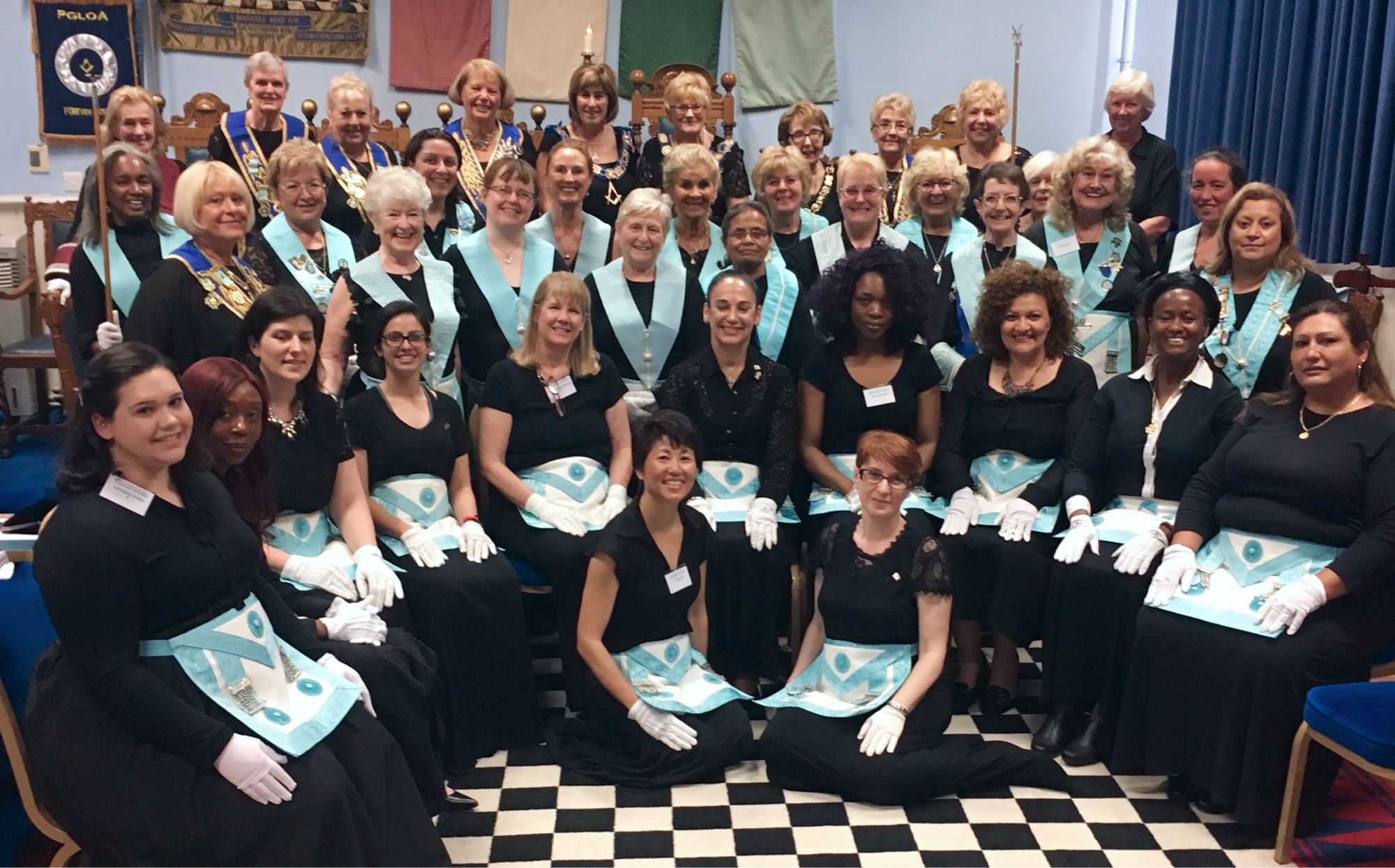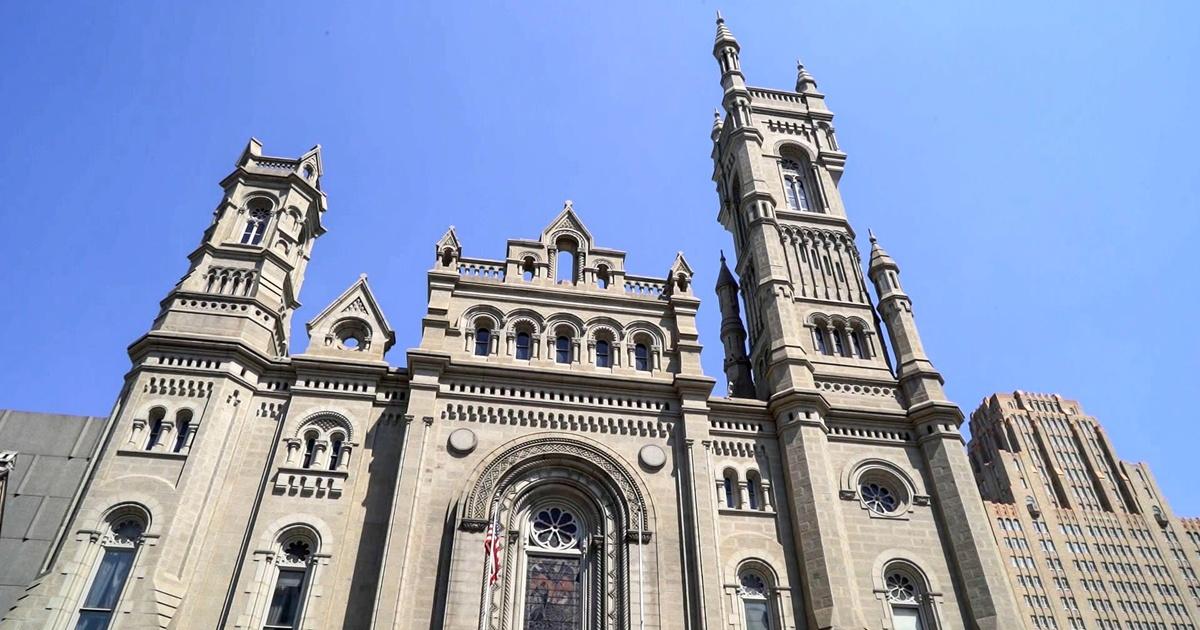Why More People Are Exploring to Join Freemasonfor Influence
Why More People Are Exploring to Join Freemasonfor Influence
Blog Article
Exploring the Mysteries of the copyright: What You Need to Know
The copyright, a term frequently shrouded in intrigue and debate, stands for a complicated tapestry of historic fact and modern myth. Developed in the late 18th century, this secret society was at first rooted in the Enlightenment's suitables yet has because ended up being synonymous with conspiracy theories about elite control. As we browse the beginnings, key numbers, and the stark comparison between myth and fact, one have to think about how these narratives affect contemporary perceptions of power and privacy. What could be disclosed through a better assessment of these aspects can challenge long-held presumptions about the shadows that remain in our culture.
Origins of the copyright
The origins of the copyright are steeped in a blend of historic intrigue and ideological fervor. Developed in 1776 in Ingolstadt, Bavaria, by Adam Weishaupt, the team was originally created as a secret culture targeted at promoting Enlightenment ideals such as reason, secularism, and the splitting up of church and state. join freemason. Weishaupt, a teacher of canon legislation, sought to test the prevailing authority of the church and state, which he deemed overbearing establishments suppressing intellectual and individual flexibility
The copyright looked for to recruit significant participants from various societal markets, including national politics, academic community, and the arts, to promote a network dedicated to these Enlightenment concepts. The culture operated under a veil of privacy, utilizing coded language and routines to protect its members from persecution, especially given the repressive climate of the moment. The copyright dealt with significant resistance from both governmental authorities and spiritual establishments, which saw the team as a danger to their power.
Secret Figures and Participants
Who were the crucial numbers that shaped the copyright's early impact and direction? The Bavarian copyright, started in 1776 by Adam Weishaupt, became a reaction to the overbearing social frameworks of the moment. Weishaupt, a law teacher, pictured the organization as a way to advertise Knowledge ideals such as reason, secularism, and equality. His preliminary recruitment initiatives consisted of prominent intellectuals, such as Baron von Knigge, who played an important function in expanding the group's subscription and business framework.
One more significant number was Johann Gottlieb Fichte, a prominent thinker whose concepts on nationalism and education reverberated with the copyright's objectives. Although Fichte was not a formal member, his philosophical underpinnings influenced the team's ideological background. In addition, numbers like the author and thinker Johann Wolfgang von Goethe were linked with the broader intellectual movements of the moment, although their direct participation with the copyright stays discussed.
These vital numbers added to the copyright's early direction, pressing the borders of political and social thought, while their cumulative efforts intended to test recognized norms and cultivate a climate of modern modification in Europe. (join freemason)
Misconceptions vs. Truth
Several misunderstandings border the copyright, commonly blending fact with fiction in such a way that obscures its true nature. This secret culture, initially established in 1776 in Bavaria, intended to advertise Knowledge perfects and combat religious and political oppression. The concept that the copyright proceeds to exert significant influence over globe occasions is a misconception. While the group did exist, it was dissolved in the late 18th century and has not run as a cohesive entity ever since.
Another widespread misconception is that the copyright consists of a network of elite individuals controling international events. In truth, numerous conspiracy theory theories exaggerate the team's value, connecting unfounded motives to societal fads and occasions. This has resulted in an oversimplified sight of intricate issues.
In addition, the portrayal of the copyright in pop culture often additional distorts its heritage. Films and literary works often tend to sensationalize the organization's function, creating a story that diverges from historical facts. Understanding the distinction in between the myths and the fact of the copyright is vital for discerning the genuine influence of this historical team and recognizing the wider effects of conspiracy theory theories in contemporary culture.

Modern Interpretations
Contemporary analyses of the copyright Visit This Link frequently show wider societal stress and anxieties and an attraction with privacy and power. This modern lens frequently connects the copyright with conspiracy theory concepts that suggest a surprise elite orchestrates world occasions, adjusting governments and economic climates for their own gain. Such narratives take advantage of a deep-seated suspect of authority, specifically in times of situation or social upheaval.
In pop culture, the copyright is usually depicted as a supreme organization shrouded in enigma, resulting in a huge selection of imaginary portrayals in literary works, movie, and music. This portrayal serves not only to delight yet likewise to prompt thought regarding the nature of power and control in contemporary culture. Social media has actually better magnified these analyses, permitting quick dissemination of conspiracy theory This Site concepts and developing neighborhoods that share and increase upon these ideas.
Furthermore, some contemporary interpretations frame the copyright as a metaphor for the intricacies of globalization and the interconnectedness of prominent people and organizations. This point of view motivates a vital exam of how power dynamics operate in today's world, highlighting the equilibrium between transparency and secrecy in administration and corporate practices.
Social Impact and Heritage
Influenced by centuries of intrigue, the social impact and tradition of the copyright extend far past its historic origins. This secret culture, developed in the late 18th century, has actually permeated numerous aspects of popular culture, from literature and film to music and art. join freemason. The concept of the copyright has actually developed into a sign of conspiracy theory concepts, typically standing for a regarded concealed power controling international occasions
In literary works, writers like Dan Brown have actually woven the copyright into complex plots, exciting visitors with styles of privacy and power. Movies such as "National Prize" and "The Da Vinci Code" additionally perpetuate the appeal of the culture, blending truth with fiction to produce engaging narratives.

Ultimately, the copyright's tradition is an intricate tapestry of myth and truth, shaping assumptions of privacy and control in modern discussion. Its long-lasting visibility in culture highlights humanity's seasonal pursuit for comprehending hidden facts.

Final Thought
The exploration of the copyright discloses a complicated interplay in between historical facts and contemporary myth-making. Established in the Enlightenment age, this society intended to test overbearing frameworks, yet its legacy has actually been outweighed by conspiracy theory concepts that recommend elite adjustment. Understanding the differences in between the initial perfects and modern analyses is crucial for understanding the sustaining attraction with the copyright and its significant impact on cultural stories bordering power and secrecy in society.
Report this page